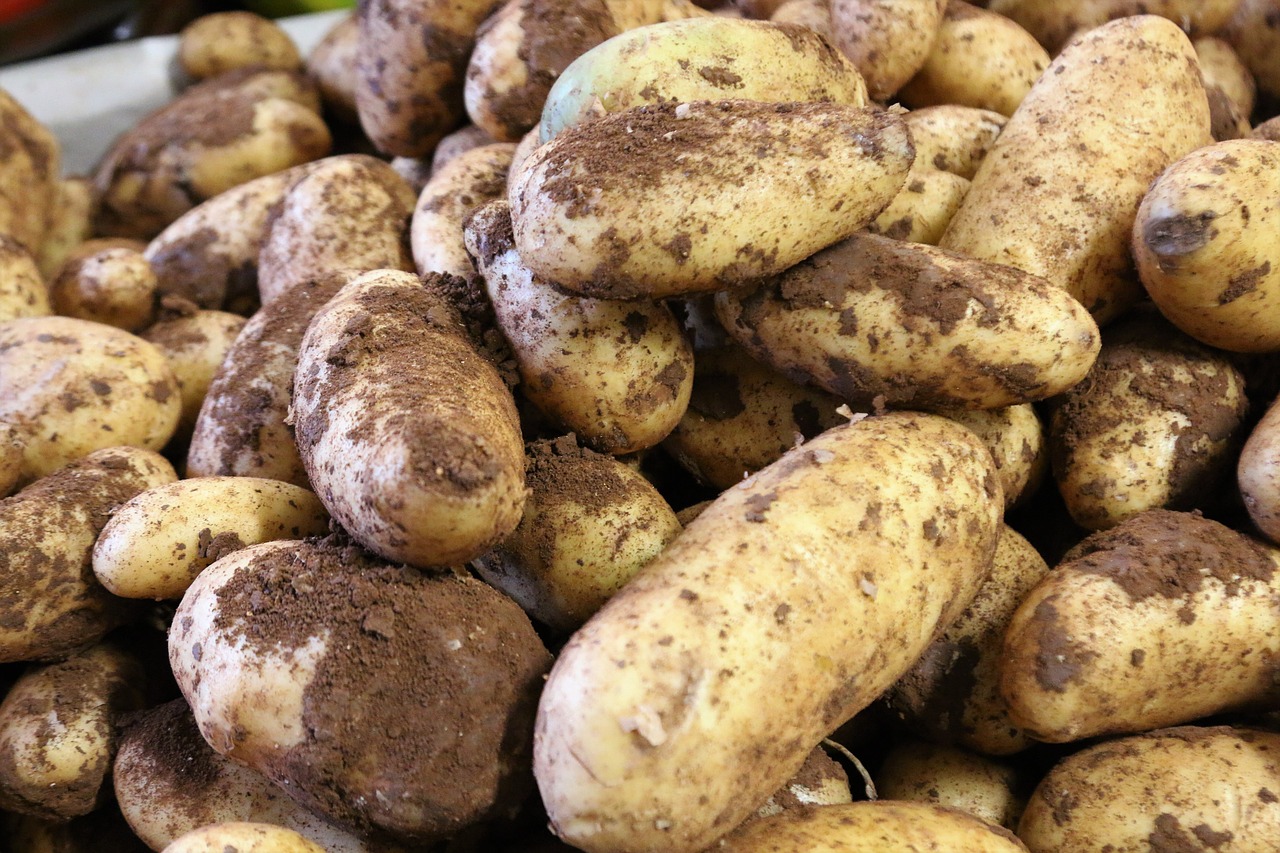
One of the most exciting moments in the potato-growing journey is determining when your potatoes are fully grown and ready for harvest. In this comprehensive guide, we will explore the telltale signs that indicate your potatoes have reached maturity. From observing the foliage to checking the tubers, we will unlock the secrets of the harvest process. So, let’s dive in and learn how to tell when potatoes are done growing!
Understanding Potato Growth Stages
Before we delve into the indicators of potato maturity, let’s familiarize ourselves with the different growth stages:
1.1. Vegetative Stage
- During this initial stage, the potato plant focuses on leaf and stem development.
- The plant grows vigorously, establishing a healthy root system to support future tuber growth.
1.2. Flowering Stage
- As the plant matures, it enters the flowering stage.
- Small blossoms appear on the plant, signaling the transition to the next phase of growth.
1.3. Tuber Bulking Stage
- The tuber bulking stage is when the potatoes begin to form underground.
- Nutrients from the plant are directed towards the development of tubers.
Unveiling the Clues: A Multifaceted Approach
Unlike some fruits and vegetables that announce their ripeness with vibrant colors or softening textures, potatoes tend to be a bit more discreet. However, there are several key indicators that work together like puzzle pieces to reveal the optimal harvest window.
1. Topside Transformation: Deciphering the Foliage
The Fading Farewell:
While vibrant green foliage is a hallmark of healthy potato plants, their eventual decline offers valuable clues. As the tubers mature underground, the plant begins prioritizing resource allocation, leading to a gradual yellowing or browning of the leaves. This doesn’t necessarily signify the plant’s demise, but rather a natural shift in focus.
The Tilting Test:
Another subtle signal comes from the plant’s posture. As the potatoes reach maturity, the once-upright stems may begin to recline or “lay down” on the ground. This shift can be attributed to the developing tubers pulling weight towards the soil, literally tipping the balance of the plant.
2. Delving Deeper: Exploring the Subterranean Symphony
While topside observations provide valuable clues, the true test of potato ripeness often lies beneath the surface. Here’s where a gentle exploration comes into play.
The Gentle Dig:
Carefully unearth a few potatoes using a hand trowel or fork. Be mindful not to damage the remaining plants or tubers. Select potatoes of varying sizes from different areas of the patch to gain a comprehensive understanding of the overall maturity level.
The Skin Speaks:
Once unearthed, gently brush away any adhering soil to examine the potato’s skin. Look for a firm, well-developed skin that doesn’t easily yield to pressure when pressed gently. Avoid potatoes with blemishes, soft spots, or any signs of decay.
The “Thumb Test”:
Another simple yet effective method is the “thumb test.” Gently press your thumb against the potato’s skin. If it gives slightly and leaves a faint indentation, the potato is likely still maturing. Conversely, a firm skin that resists thumb pressure signifies a fully mature potato.
3. Calendar Cues: A Rough Guide
While not a foolproof method, keeping track of the planting date and the variety’s typical maturity period can offer a rough estimate of harvest time. However, it’s crucial to remember that factors like weather, soil conditions, and specific potato variety can significantly influence the actual harvest window.
4. Additional Considerations: Understanding the Nuances
Early vs. Late Harvest:
Depending on your desired potato size and culinary preferences, you might opt for an early or late harvest. Early harvesting, typically around 2-3 weeks after the foliage starts to decline, yields smaller, new potatoes perfect for salads or boiling. Late harvesting, after the foliage has completely died back, allows the potatoes to reach their full size and develop a stronger, starchier flavor ideal for baking or mashing.
Weather Watch:
Heavy rainfall or prolonged periods of drought can affect potato development and storage potential. Ideally, harvest your potatoes during a period of dry weather to minimize the risk of rot or disease after harvesting.
Storage Strategies:
Once you’ve unearthed your potato bounty, proper storage is key to extend their shelf life. Choose a cool, dark, and well-ventilated location with consistent temperatures around 40-50°F (4-10°C). Avoid storing potatoes near fruits or vegetables that emit ethylene gas, as this can accelerate spoilage.
